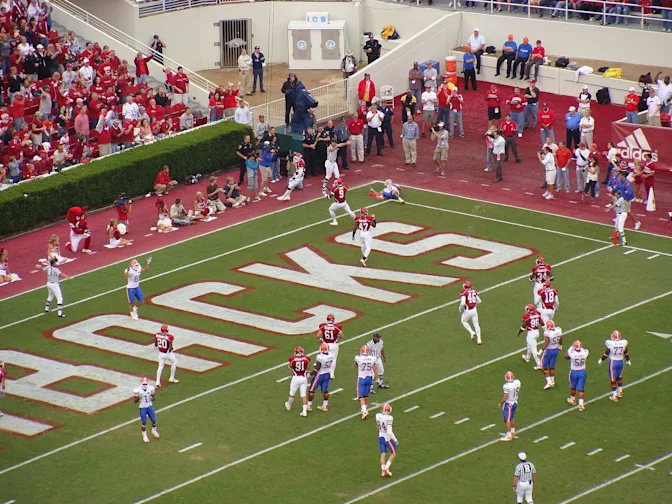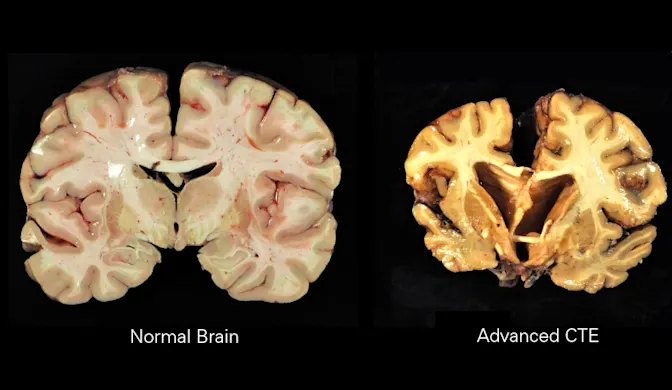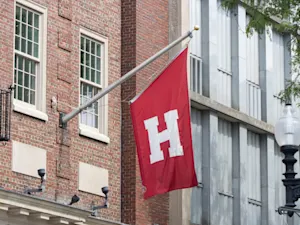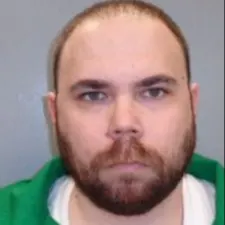NFL® Star Aaron Hernandez's Downfall
Aaron Hernandez, tight end for the new England Patriots in 2011. Photo courtesy of Jeffrey Beall under CC BY 3.0.
Aaron Hernandez was once a star in the NFL®, known for his athletic prowess and promising future as an elite tight end for the New England Patriots®. However, beneath the surface were layers of darkness and tragedy that would ultimately lead to his downfall. Here are eight factors that contributed to his downfall.
1. Childhood Trauma: The Roots of Violence
Aaron Hernandez's troubled life began long before his days in the NFL. He endured a tumultuous childhood marked by severe physical and sexual abuse. His father, Dennis Hernandez, was a violent alcoholic who frequently and brutally abused Aaron and his brother. The abuse was so severe that Aaron often showed up to high school practice with visible signs of beatings. This early trauma played a significant role in shaping his violent tendencies later in life, as growing up in such a volatile environment laid the foundation for his future actions.
2. First Head Injury: A Turning Point
Hernandez's path to infamy took a significant turn during his time at the University of Florida. It was here that he sustained his first major head injury, a setback that seemed to coincide with an increase in his violent behavior. The injury appeared to trigger a shift in his personality, leading to more aggressive actions both on and off the field.
 Aaron Hernandez #81, Florida Gators vs. Arkansas Razorbacks. Photo courtesy of Bryan McDonald under CC BY-SA 2.0.
Aaron Hernandez #81, Florida Gators vs. Arkansas Razorbacks. Photo courtesy of Bryan McDonald under CC BY-SA 2.0.
3. The 2007 Shooting: A Foreshadowing of Violence
In 2007, Hernandez was the primary suspect in a drive-by shooting that left Randall Carson, Justin Glass, and Corey Smith injured. Although he was never convicted of this crime, it was one of the earliest signs of the violence that would come to define his life.
4. The 2012 Double Homicide: An Escalation
Hernandez's violent tendencies escalated dramatically in 2012 when he was involved in the shooting of Daniel Jorge Correia de Abreu and Safiro Teixeira Furtado. The two men were killed after a confrontation at Boston's Cure Lounge. Security footage captured one of the victims accidentally spilling his drink on Hernandez earlier that night. Hernandez was later acquitted due to insubstantial evidence. However, this incident further highlighted the dangerous path he was on.
5. The Shooting of Alexander Bradley: A Friend Turned Foe
In 2013, Aaron Hernandez's violent behavior escalated further with the shooting of his former friend and associate, Alexander Bradley. While Hernandez claimed in court that Bradley was the shooter in the double homicide, Bradley testified that it was Hernandez who shot Correia de Abreu and Furtado, and later shot Bradley in the face to prevent him from testifying against him. Remarkably, Bradley survived the attack but lost an eye as a result. Hernandez was then charged with witness intimidation of Bradley, but was ultimately acquitted. This incident highlighted Hernandez's increasing instability and his readiness to turn on even those closest to him.
6. The Murder of Odin Lloyd: The Crime That Ended His Career
In 2013, a crime that ultimately brought Aaron Hernandez's NFL career to a tragic end was the murder of Odin Lloyd, who was dating Hernandez's fiancée's sister. Prosecutors argued in court that Hernandez murdered Lloyd following an altercation at a Boston nightclub on June 14. The exact reason for the altercation remains unclear, with some speculating that it stemmed from Lloyd speaking to individuals involved in the 2012 shooting, while others suggest it was because Lloyd knew something secret about Hernandez's sexual orientation and threatened to expose him. Regardless of the motive, the murder led to Hernandez's arrest, trial, and eventual conviction, marking the end of his career and the beginning of his life-sentence behind bars.
7. A Life Cut Short: Hernandez's Suicide
In 2017, at the age of 27, Aaron Hernandez was found dead in his prison cell, having taken his own life. He left behind a suicide note for his fiancée, urging her to tell his story fully and to never doubt his love for her. His death shocked the nation and raised profound questions about his mental state in his final moments. The tragedy of his suicide was further compounded by the subsequent discovery of severe brain injuries, which added a new layer of complexity to the already heartbreaking narrative.
8. CTE Discovery: The Aftermath of a Violent Life
After his death, Hernandez's brain was examined and found to have extensive damage from Chronic Traumatic Encephalopathy (CTE), a condition often associated with repeated head trauma. Hernandez's attorney, Jose Baez, revealed that the results showed it was not only positive for CTE but also the most severe case ever seen in someone of Aaron's age. This discovery shed light on the potential impact of his football career on his mental health and violent behavior, raising important questions about the dangers of the sport.
 Image of Chronic Traumatic Encephalopathy, showing a healthy brain (left) and a brain with stage IV CTE (right). Photo courtesy of Boston University Center for the Study of Traumatic Encephalopathy, under CC BY-SA 4.0.
Image of Chronic Traumatic Encephalopathy, showing a healthy brain (left) and a brain with stage IV CTE (right). Photo courtesy of Boston University Center for the Study of Traumatic Encephalopathy, under CC BY-SA 4.0.
Aaron Hernandez's life is a tragic tale of potential lost to violence, trauma, and mental illness. From a childhood marked by abuse to a promising NFL career that spiraled into crime, his story is a stark reminder of the complex factors that can lead even the brightest stars into darkness. His untimely death and the revelations that followed continue to provoke reflection on the intersection of sports, mental health, and the hidden struggles that some may never escape.
References: 5 Things You May Not Know About The Rise And Fall Of Aaron Hernandez | Aaron Hernandez's Disturbing Descent From NFL Star To Convicted Murderer























